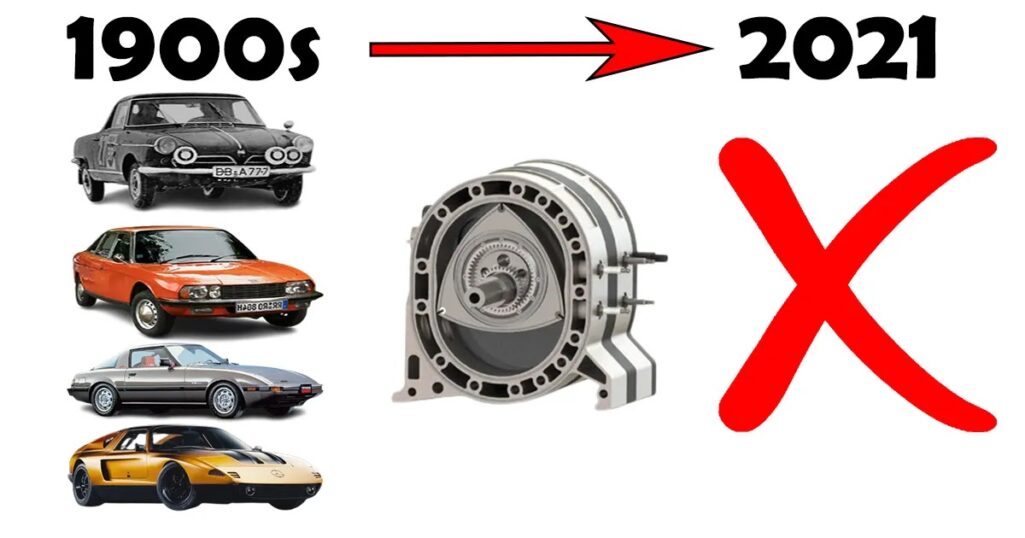
Wankel and his first rotary engine
Felix Heinrich Wankel, a German engineer, came up with the fundamental concept for a new kind of internal combustion gasoline engine while he was just 17 years old. Wankel established a tiny laboratory in 1924 to begin research and development of his ideal engine, which would be capable of achieving intake, compression, combustion, and exhaust while spinning.
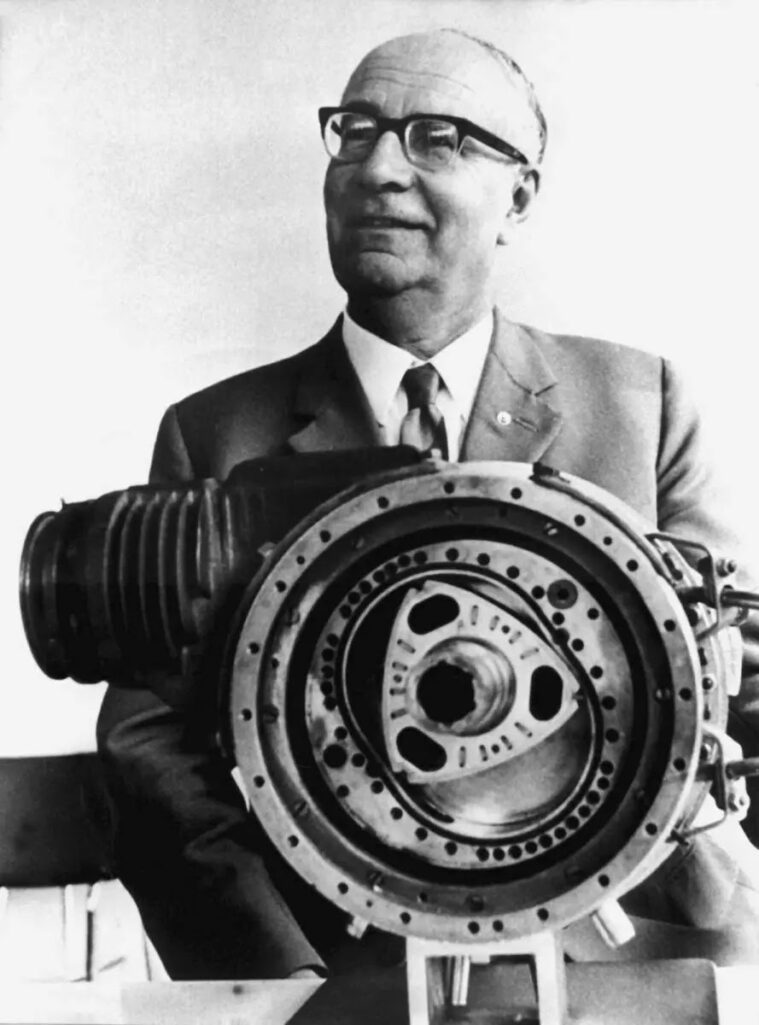
During WWII, he worked for the German Aeronautical Research Establishment, and starting in 1951, he worked for a renowned German motorcycle manufacturer, NSU Motorenwerk AG. Wankel finished his first rotary-piston engine design in 1954, and the first unit was tested in 1957. Wankel received a patent for this innovative kind of internal combustion engine.
Rotary engines share the four stages with traditional petrol engines: intake, compression, ignition, and exhaust. Piston engines have pistons that move up and down to convert pressure into rotating motion.
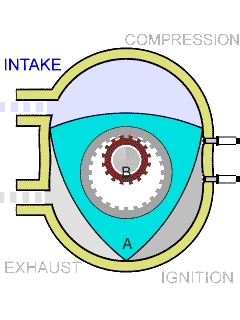
What are the advantages of the Rotary engine?
1. Less moving parts
Rotary engines feature fewer moving components. A rotary engine may have just three main moving parts, while a piston engine may have hundreds. There is a more serious danger of internal failure in piston engines with more moving parts than other engines.
Rotor
The rotor is a three-sided part with concave sides meant to provide a gas-tight seal when placed against the housing side. An intake or pocket on each face of the rotor allows for a higher volume of gas inside the housing, effectively boosting the displacement rate of the engine.
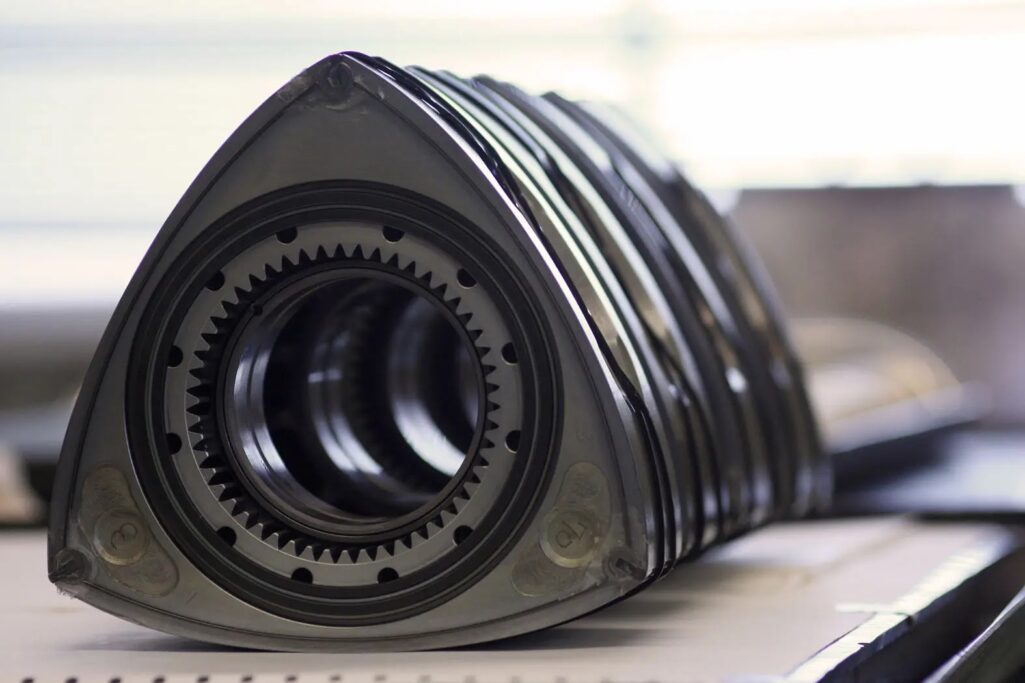
Housing
A rotary engine’s housing is considered to be the primary body. To allow the rotor to spin with its edges in continuous contact with the inner wall of the housing, the oval-shaped housing is intended to maximize the engine displacement.

Output shaft
The output shaft converts the energy from compression and combustion into rotational energy and transmits it to the drivetrain for propulsion. The shaft is equipped with circular lobes that contact the rotor and cause the shaft to rotate.
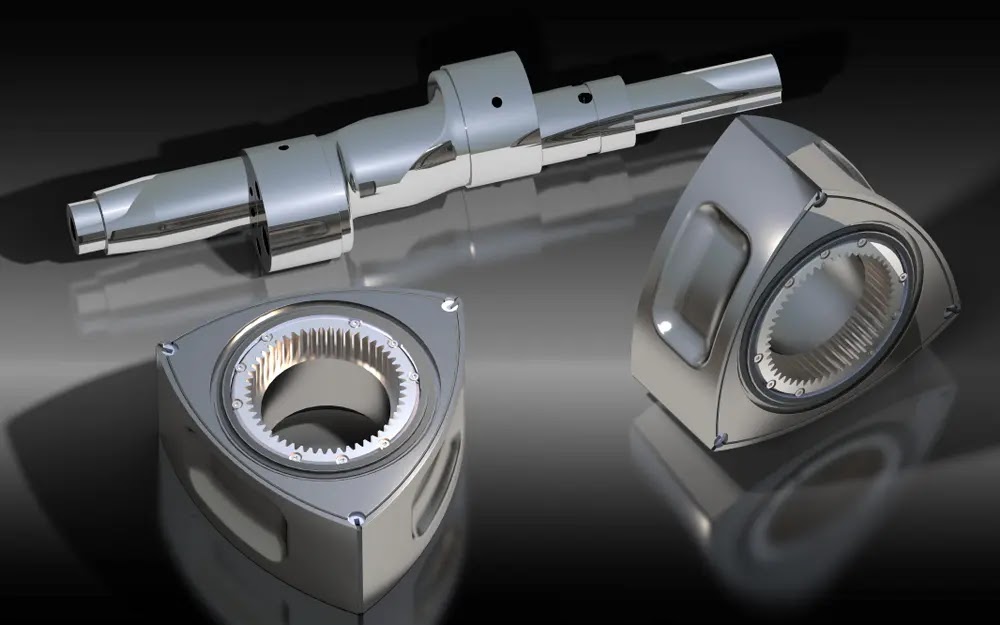
2. Size and power
The size of a rotary engine with similar power output is about one-third of a piston engine. Since Rotary engines are small, they have high power-to-weight ratios.
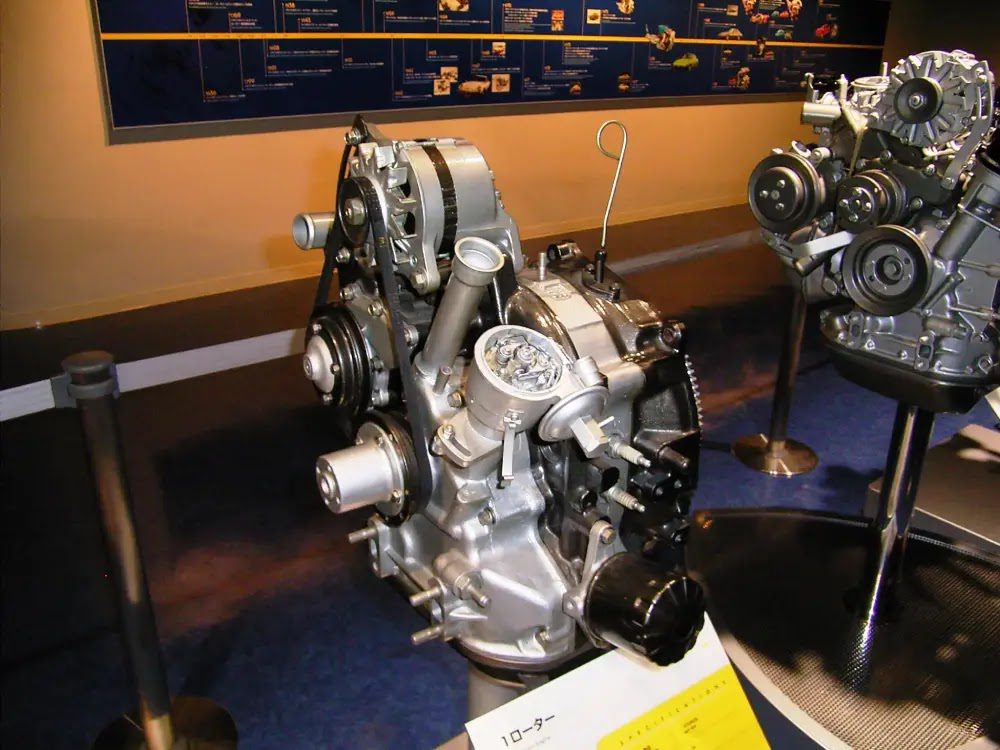
3. Smoother
The rotary engine is much smoother than a typical reciprocating engine since the rotor and its shafts rotate in the same circular motion.
What are the disadvantages of the Rotary engine?
1. Low Fuel efficiency
There are several significant drawbacks to rotary engines that should not be ignored. To begin with, rotary engines have low fuel efficiency. They use more fuel while producing less power than piston engines. Furthermore, since they are prone to leakage, rotary engines emit more pollutants than piston engines.
2. High oil consumption
As a result of the direct injection of oil into the rotor housing, rotary engines are well known for their high oil consumption. This is because the oil is used to maintain the seals lubricated and the chambers separate.
3. Short lifespan
The lifespan of rotary engines is not expected to be as long as that of typical reciprocating piston engines. Other design features cause rotary engines to intentionally burn engine oil in tiny quantities, necessitating regular oil level checks and additions.
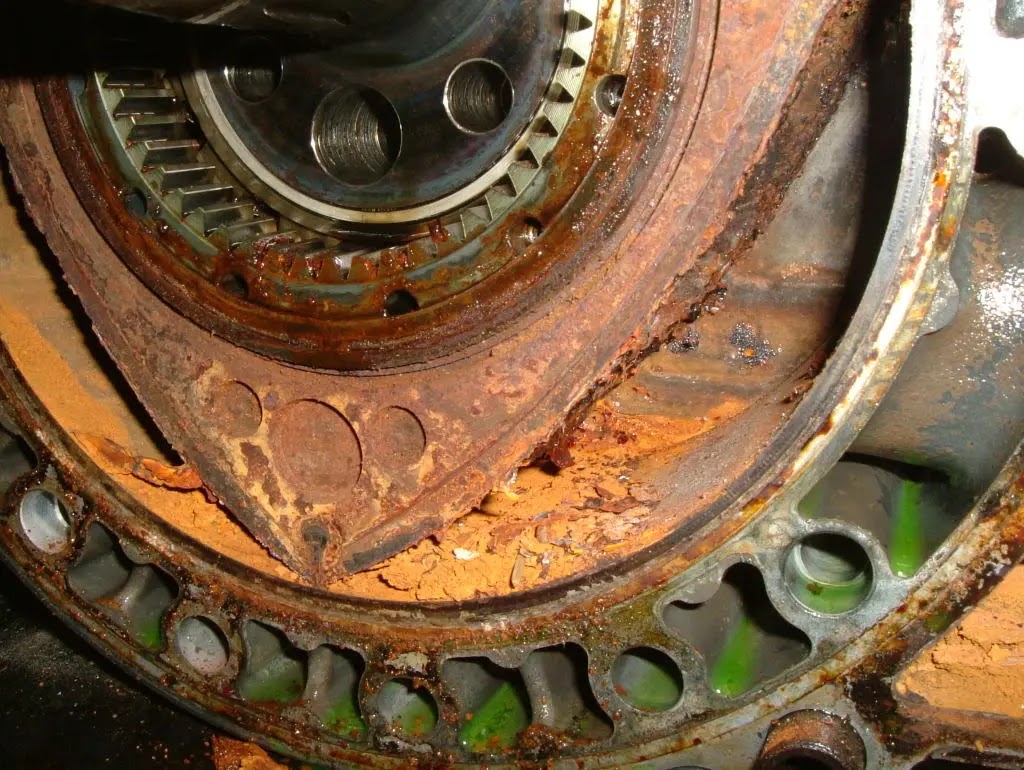
Cars powered by Wankel rotary engine

The Rotary was regarded as the next great thing for a long time, offering tremendous power from a small unit, incredible smoothness, and a tiny swept volume. Chevrolet experimented with the rotary in the late 1960s and early 1970s, building a mid-engined rotary Corvette concept vehicle.

courtesy of highsnobiety.com
That is why Nissan, Ford, Rolls Royce, Mercedes, and Toyota were all part in this project. In order to compensate for the lack of torque, Rolls built a diesel rotary, and Nissan did the same with the Sunny (their subcompact vehicle).

Mazda and Rotary
In the early 1960s, Mazda and NSU (later absorbed into Audi) raced to develop the rotary engine, and competition ensued to see who could produce the first rotary-powered vehicle.

NSU won with the NSU Spider, then the infamous Ro80. Mazda, on the other hand, went on to create many rotary-engined production vehicles.

Mazda’s Cosmo Sport was the company’s first automobile powered by a rotary engine. It was designed from the beginning to be powered by a rotary engine, was notable for its unusual appearance, which caused quite a stir.

Mazda continued to use the rotary engine as a marketing tactic. Instead of utilizing it in all of their vehicles, they chose to use it only in the RX series. RX is an abbreviation that stands for Rotary experiment.

Mazda RX-7
Mazda was the only Japanese manufacturer to win Le Mans until 2019, and it did it with a rotary-powered vehicle. The Mazda RX7, one of the brand’s quickest vehicles, was powered by a rotary engine.

The first-generation Mazda RX-7, introduced in 1978, was a game-changer. Because it set Mazda apart from other automakers.
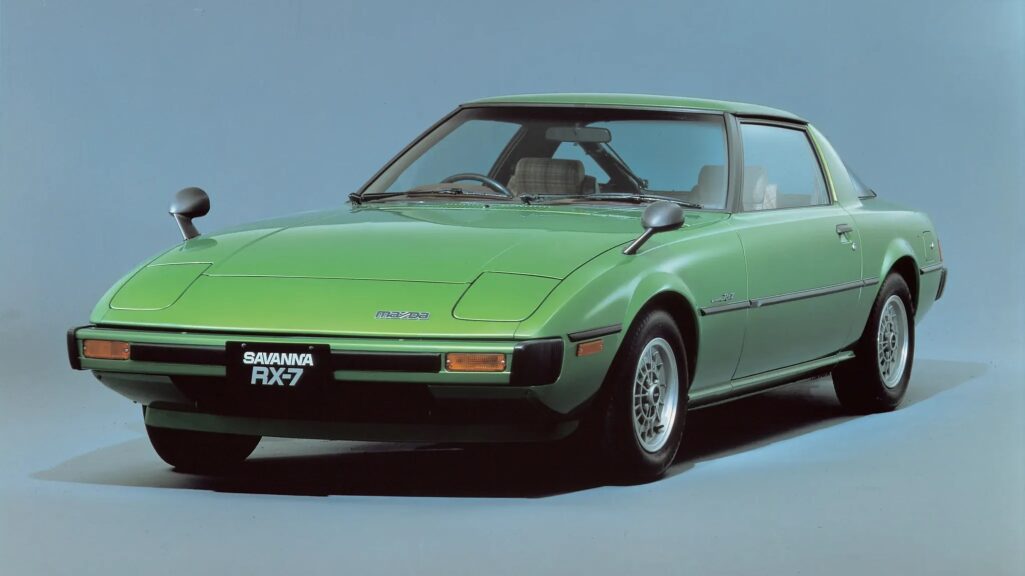
The Mazda RX-7 is undeniably the most popular rotary-powered car ever. With astonishing performance, subsequent iterations of Mazda’s sports vehicle maintained the concept of a rotary in the imaginations of contemporary fans long after other manufacturers had abandoned the technology.
Why are automakers no more producing rotary engines?
The Rotary engine was last seen in a production vehicle in the Mazda RX-8. Most automobile manufacturers have remained committed to piston-powered engines, automakers are no more producing rotary-powered cars because of the disadvantages connected with their economy and the higher cost of production. In the end, the engine’s emissions are harmful, and its fuel economy is low, which ultimately caused it to be killed.

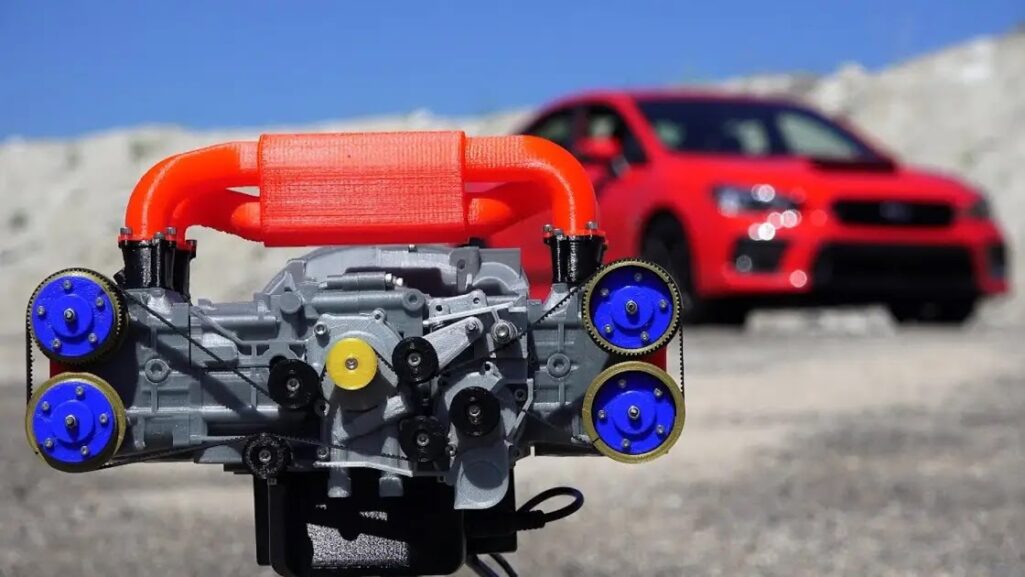


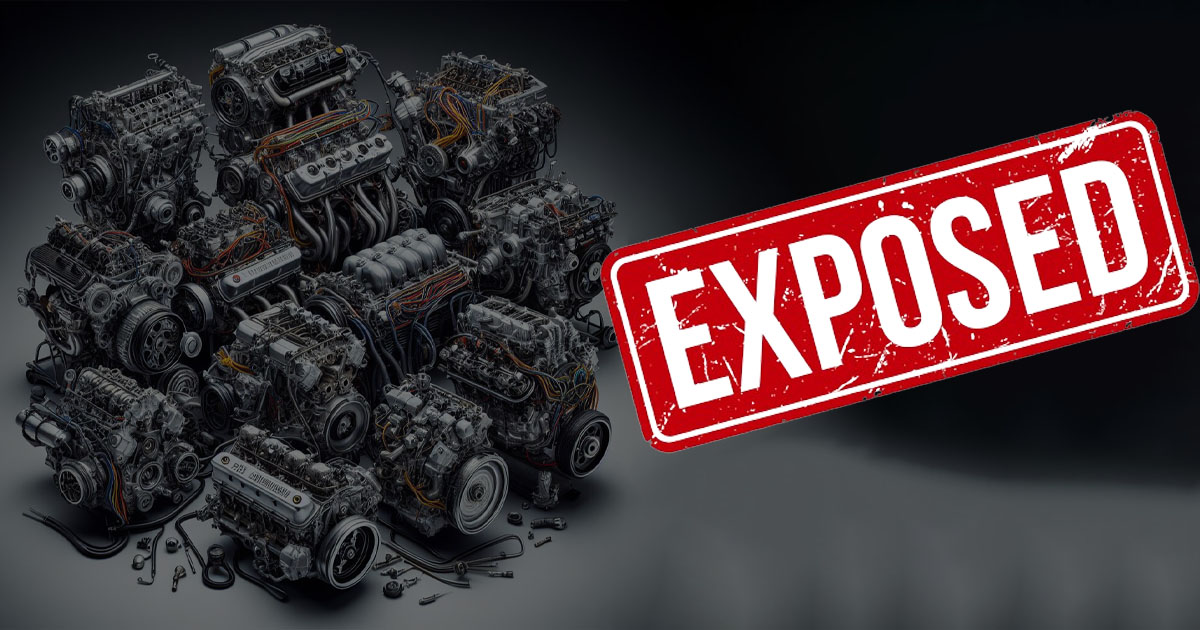
Very interesting and important as well as important doc. Hope in future the weakness of high fuel consumption chase away wankel becomes more interesting subject.